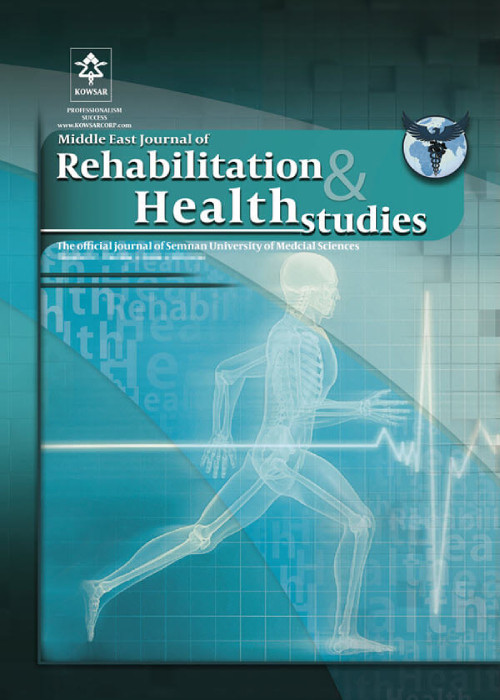Nutritional Status of Adolescent Girls in a Selected Secondary School of North-Eastern Part of Nigeria
Adolescence is the most critical period of human life when transitioning occurs from childhood to adulthood. Malnutrition is one of the major global health problems faced by many developing countries across the globe.
This study aimed to investigate the nutritional status of adolescent girls in a selected secondary school in Nigeria.
A cross-sectional study was conducted on 250 adolescent girls who were available during the study period. A nutrition expert, together with an epidemiologist, gathered anthropometric information and measured the height, weight, and body mass index (BMI) of the participants. The BMI was calculated, and the dietary habits of the participants were reported based on their usual food habits. It is part of our limitations and has been addressed under the limitations. Data were collected using a self-administered and semi-structured questionnaire.
The mean age of the adolescent girls was 15.9 ± 0.9 years, and more than half (53.2%) were students of senior secondary class 1 (SS-1). More than half (54.4%) of the adolescent girls had average body weight, 36.0% were underweight, and only 9.6% were overweight. The following socio-demographic factors were significantly associated with the BMI of adolescent girls: Age, class of the students, monthly family income, mothers’ educational status, and area of residence. Close to four-fifths (78.4%) of the participants consumed rice more than twice in a week; more than eight-tenths (88.8%) of the participants consumed milk/milk products at least ≤ 2 in a week. About 84.4% of the participants took red meat at least ≤ 2 in a week; more than half (55.2%) of the participants consumed vegetables and fruits more than twice a week. Most (84.8%) of the participants took lunch regularly, and 91.6% of the adolescent girls took breakfast regularly.
The study revealed that nearly one-third of the adolescent girls were underweight, indicating a severe public health concern. Early nutritional screening and interventions are recommended to improve the nutritional status of the adolescent girl school in Nigeria.
- حق عضویت دریافتی صرف حمایت از نشریات عضو و نگهداری، تکمیل و توسعه مگیران میشود.
- پرداخت حق اشتراک و دانلود مقالات اجازه بازنشر آن در سایر رسانههای چاپی و دیجیتال را به کاربر نمیدهد.


